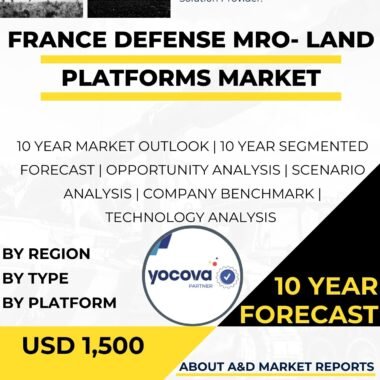Description
The South Korea light tank market is a significant segment of the country’s defense industry, catering to the specific needs of its military forces. Light tanks are agile, maneuverable, and highly mobile armored vehicles designed for reconnaissance, support, and rapid response operations. As South Korea faces various security challenges and evolving regional dynamics, its focus on indigenous development, strategic partnerships, and technological innovation has positioned it as a major player in the global light tank market.
Light tanks are an essential component of modern military forces, offering the versatility to operate in various terrains and providing critical support to infantry units. These tanks are characterized by their lightweight design, making them ideal for deployment in areas where heavier main battle tanks may face limitations.
Indigenous development has been a cornerstone of South Korea’s defense strategy, and the light tank market is no exception. The country’s defense industry, represented by companies such as Hanwha Defense and Hyundai Rotem, has made significant progress in developing advanced light tank platforms tailored to meet the specific requirements of the South Korean military.
One of the key indigenous light tanks in South Korea’s inventory is the K21-105, a variant of the K21 IFV. The K21-105 combines the agility of a light tank with the advanced technology of an infantry fighting vehicle. It is equipped with a 105mm main gun, providing it with firepower capabilities suitable for a wide range of operational scenarios. The K21-105’s advanced features, including digital battlefield management systems and situational awareness enhancements, ensure its effectiveness on the modern battlefield.
Beyond domestic requirements, South Korea actively seeks strategic partnerships with international defense companies to enhance its light tank capabilities. Collaborations with global manufacturers allow for technology transfer, joint research, and the integration of foreign systems into South Korea’s indigenous platforms. These partnerships contribute to the continuous improvement of South Korea’s light tank technology and reinforce its position in the global defense market.
Moreover, South Korea’s commitment to innovation and research and development (R&D) has driven advancements in light tank technology. The country invests in R&D programs to improve the performance, mobility, and survivability of light tank platforms. Technological improvements focus on enhancing armor protection, firepower, and communication capabilities, ensuring that South Korea’s light tanks are equipped to address emerging security challenges effectively.
As part of its broader defense industry, South Korea’s light tank market also extends beyond domestic needs. The country actively exports light tanks to other nations, generating revenue and expanding its influence in the global defense market. Successful exports demonstrate the reliability and performance of South Korean-made light tanks, contributing to the growth of its defense industry.
To ensure optimal utilization and proficiency in operating light tanks, South Korea places significant emphasis on training and skill development for its armored forces. Training programs focus on familiarizing tank crews with the operation, maintenance, and tactical deployment of light tanks, ensuring that these assets are effectively employed in ground-based operations.
Moreover, cybersecurity is a significant consideration in the light tank market, as modern tanks often incorporate digital components and may be vulnerable to cyber threats. South Korea invests in robust cybersecurity measures to protect its armored systems and ensure the safety and security of its tanks on the battlefield.
In conclusion, the South Korea light tank market is a critical aspect of the country’s defense industry, providing essential capabilities for its armored forces. Indigenous development, strategic partnerships, and innovation have allowed South Korea to create advanced light tank platforms that meet the specific needs of its military. From reconnaissance and support operations to rapid response scenarios, these tanks enhance South Korea’s military readiness and effectiveness in countering potential threats. As the defense industry continues to evolve, South Korea’s dedication to advancing its light tank technology will remain essential in safeguarding its national security and maintaining its position as a major player in the global light tank market.




